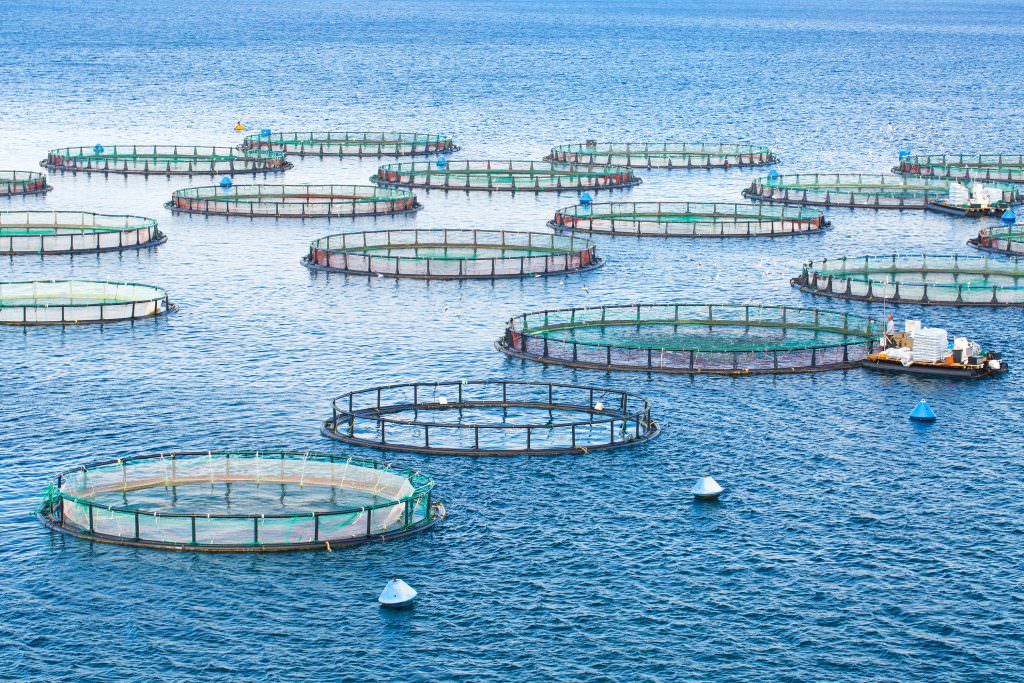On Tuesday 24 September, Matvælastofnun and Matís will hold an educational meeting on food fraud. The meeting will be held in Matís' hall at Vínlandsleið 12 in Reykjavík. The meeting starts at 13:00 and is open to anyone interested in the topic.
The training session is part of a three-year Nordic project funded by the Nordic Council of Ministers. Representatives of the Food Inspectorate of the Health Inspectorate, employees of the Food Administration, employees of Matís, as well as representatives from the Office of the Director of Customs and the National Police are specially invited to the meeting.
All the Nordic countries, with the exception of Finland, are involved in this Nordic food fraud project. This project aims to define a common interpretation of food fraud and to establish Nordic cross-border food fraud. Education will be provided to those regulators involved in the fight against food fraud. The aim is to have a final report by the end of the project, which contains a common Nordic definition of food fraud and to state what has been achieved in each country in the project.
As mentioned before, the meeting is open to everyone, but those who intend to attend the meeting are asked to register by sending an e-mail to jonas@matis.is.
The meeting will be streamed live on Matís' Facebook page.
The agenda of the meeting is as follows:
13:00-13:25
Brief about Eu Food fraud network and introduction of the Nordic Food fraud project 2018-2020
Herdís Maríanne Guðjónsdóttir, MAST
13:30-14:30
Implementing a Country- or Regional-Level Food Fraud Vulnerability Assessment (FFVA) and Food Fraud Prevention Strategy (FFPS).
Roy Fenoff, PhD Assistant Professor of Criminal Justice at the Citadel and research collaborator with the Michigan State University's Food Fraud Initiative.
14:35-15:00
Species substitution in the seafood industry
Jónas R. Viðarsson, Matís
15:00-15:20
Coffee
15:20-15:40
The fight against food fraud in Europe - EU coordinated actions
Rúnar I. Tryggvason, MAST
15:40-16:00
Food fraud and its challenges in food supplements: Do we need more awareness in an increasing e-commerce world!
Zulema Sullca Porta, MAST






















